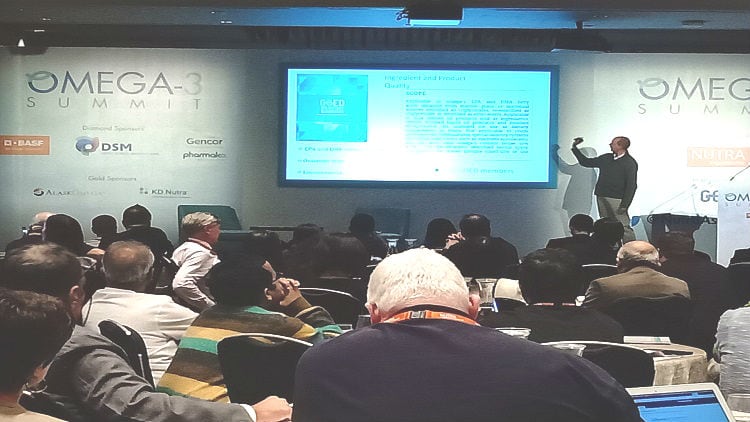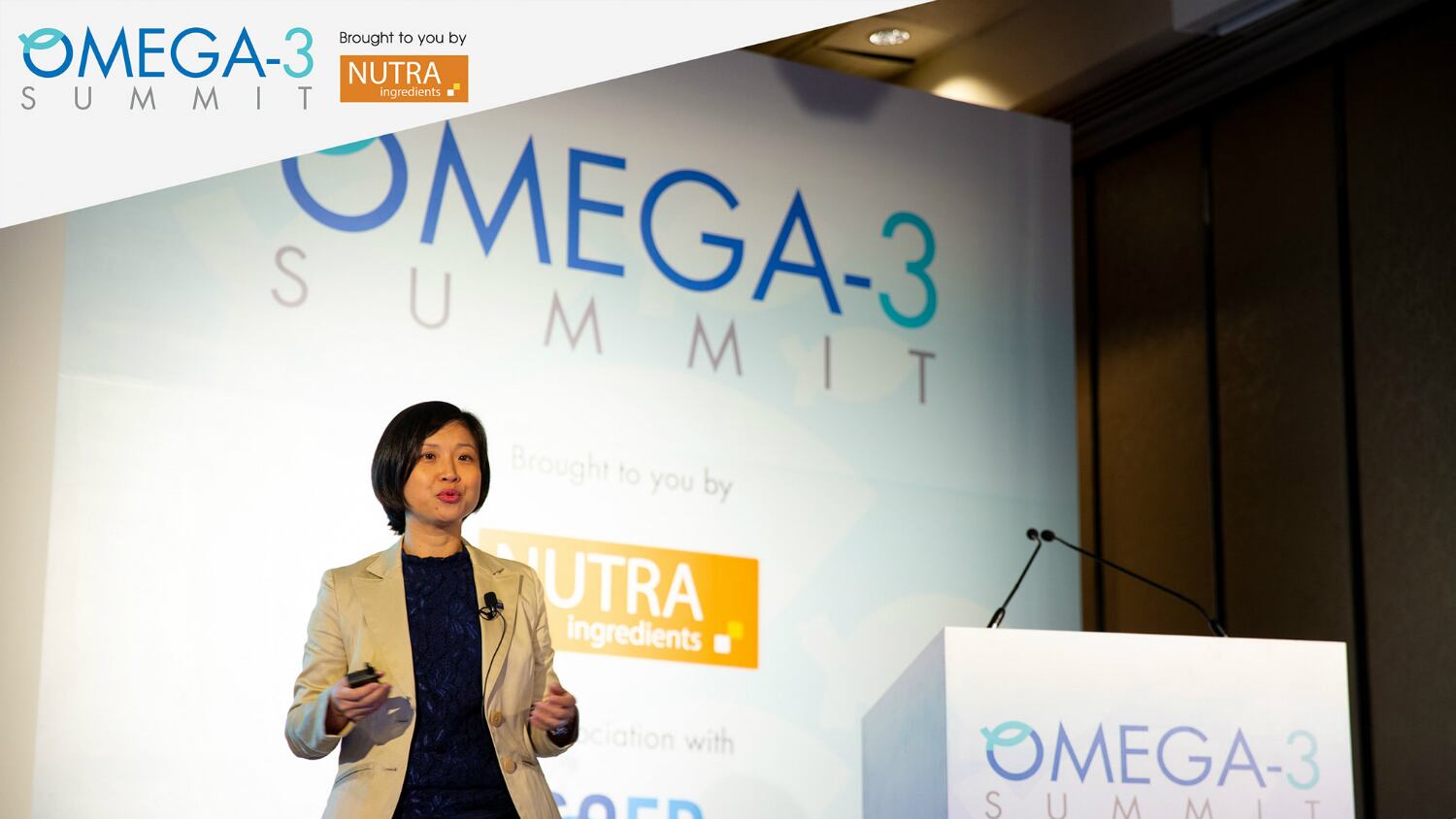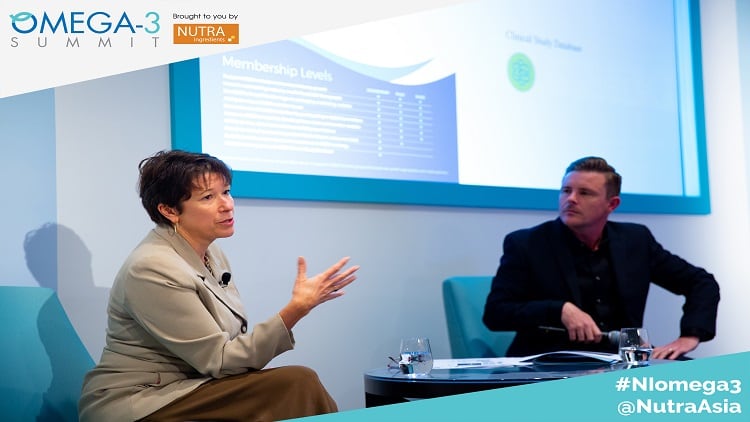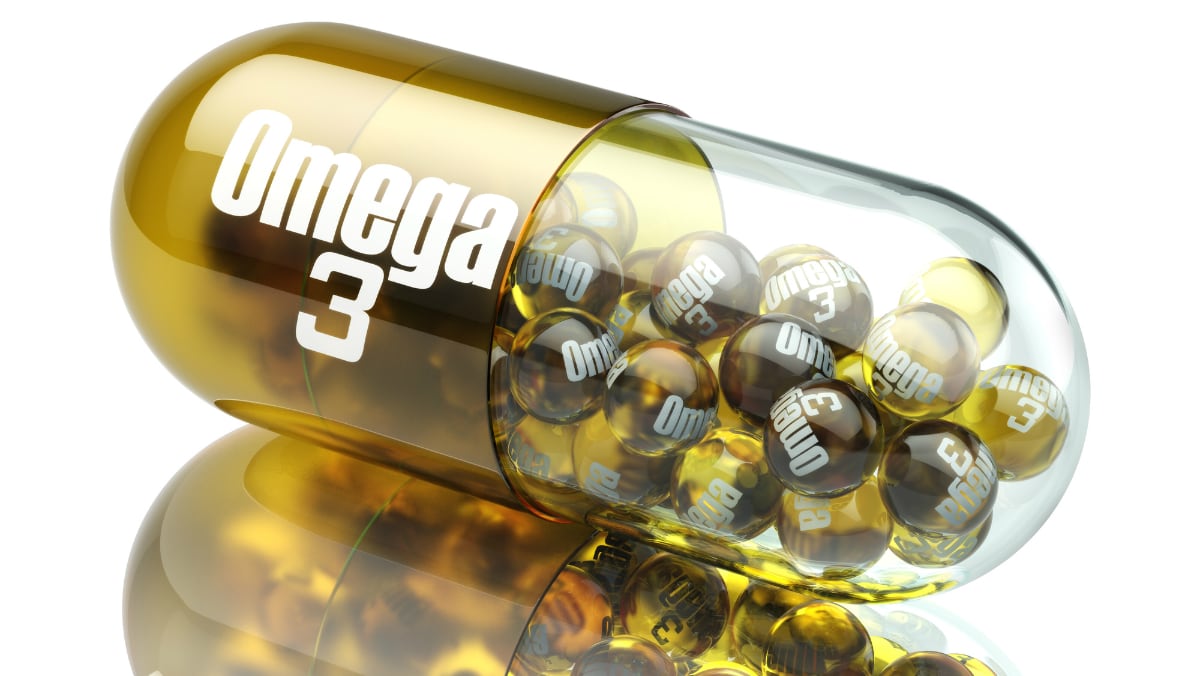Dr Gerard Bannenberg, the Director of Compliance and Scientific Outreach at GOED, emphasised this point while speaking at the Omega-3 Summit organised by NutraIngredients-Asia.
He highlighted how questionable testing methods could produce unreliable results and hence undermine the quality of product available in the market.
He gave the example of a 2015 study published in Scientific Reports titled “Fish oil supplements in New Zealand are highly oxidised and do not meet label content pf n-3 PUFA.”
The study concluded that out of 32 fish oil products tested, only 8% met all criteria for oxidation limits. Keeping oxidation at low levels is important, as oxidation consumes EPA and DHA available in the products and is responsible for producing rancidity.
“They are saying that nearly all products available to the consumers on the NZ market are not compliant with acceptable quality requirements. This was extremely strange to us,” he said.
To validate the findings, GOED replicated the study and published a report titled “Omega-3 long-chain polyunsaturated fatty acid content and oxidation state of fish oil supplements in New Zealand” in 2017 in the same journal.
Forty-seven fish oil supplements were tested, with each sample blinded and tested by at least two participating laboratories.
The findings “painted a completely different picture” from the previous study. When referenced to New Zealand’s regulatory limits, 98% of the products tested complied with primary oxidation levels, 100% complied with secondary oxidation levels, and 96% met total oxidation number (TOTOX) requirements.
For further comparison, Dr Banneberg cited another study conducted by a third-party organization titled “Examination of marine and vegetable oil oxidation data from a multi-year, third-party database”. Similar to GOED’s findings, majority of the products (86%) complied maximum oxidation limits.
What could have led to the vastly different findings between the 2015 study and the other studies?
Dr Bannenberg explained that the testing methods, the competency and expertise of participating laboratories, and the types of oils tested, were crucial factors.
For instance, he said that an inspection of the primary oxidation and secondary oxidation relationship in the 2015 study suggested that the fish oil samples used might have been exposed to air.
“(In the 2015 study), there was a large proportion that underwent primary oxidation, which was not seen in typical dietary supplements. This suggested that during sample handling, oxidation had occurred, either in storage of samples, or in the handling of samples prior to analysis.”
He added that flavoured oils should not be included in the study, as this would produce high amounts of “artificial non-compliance.”
GOED’s standards
To help the industry meet quality standards, Dr Bannenberg said that GOED had listed rules for its 200 over member companies.
The rules state how EPA and DHA content should be expressed, the maximum oxidation levels for omega-3 oils, and guidelines on environmental contaminants.
For example, EPA and DHA contents should be expressed in absolute weights, such as miligrams of EPA in per gram of oil.
Members will also need to respect maximum oxidation levels for oils that fall within the scope of GOED’s voluntary monograph.
Commenting on rancidity in encapsulated health food oils, he said that omega-3 fatty acids were highly sensitive to oxidation, and hence has become a very specific issue for the industry to look at.
For GOED, it has set the maximum limit of 5 meq O2/kg for peroxide value, 20 for para-anisidine value, and 26 for TOTOX.
The organisation has also published best practice guidelines and made recommendations on how to measure product quality using accurate methods.





